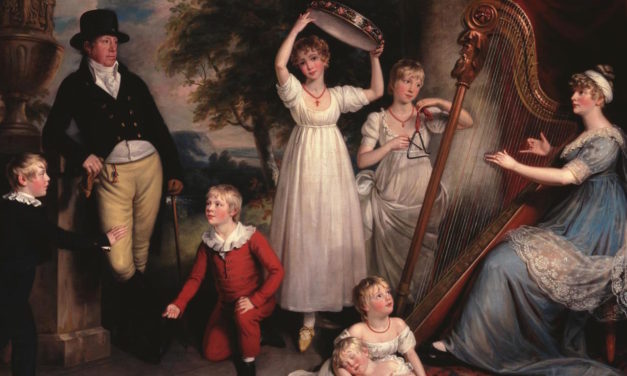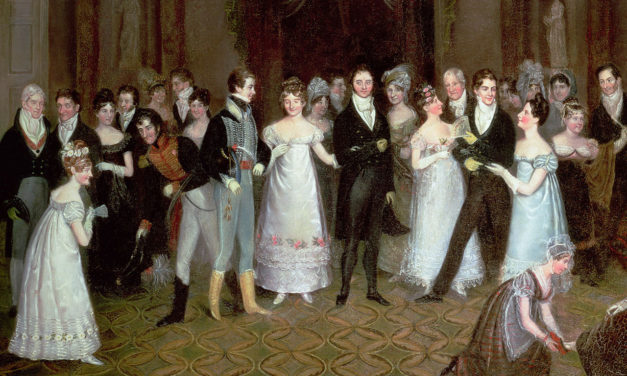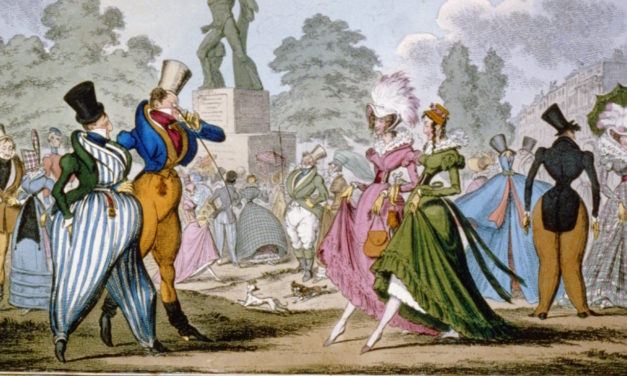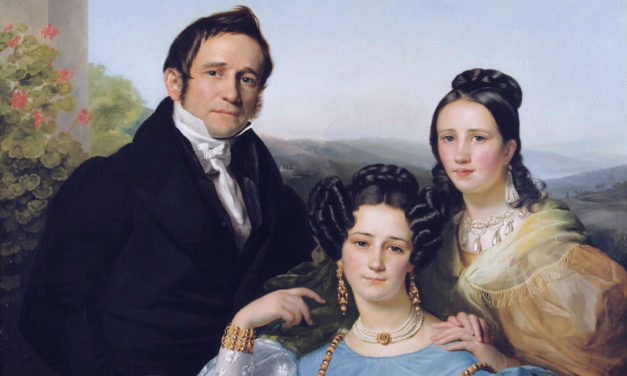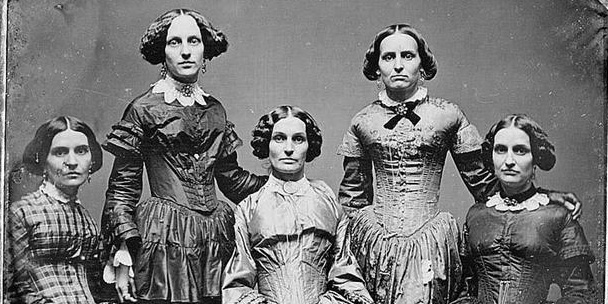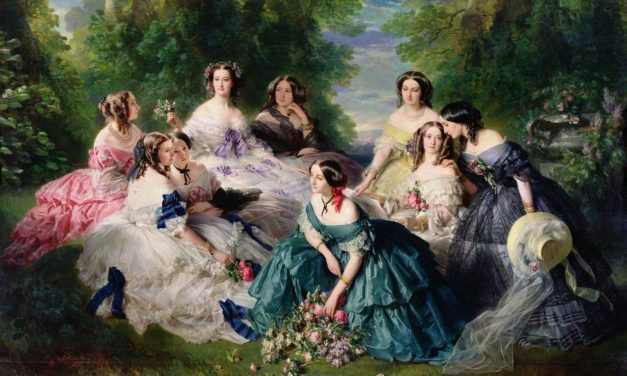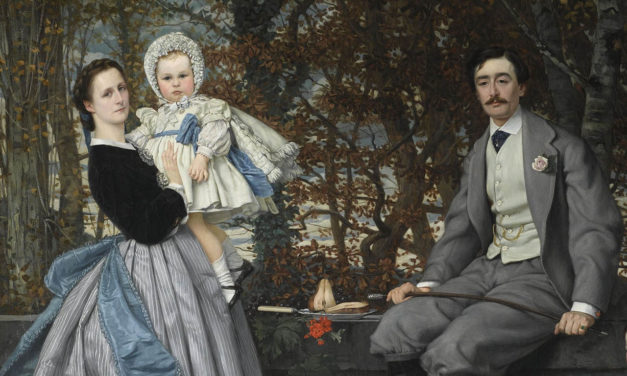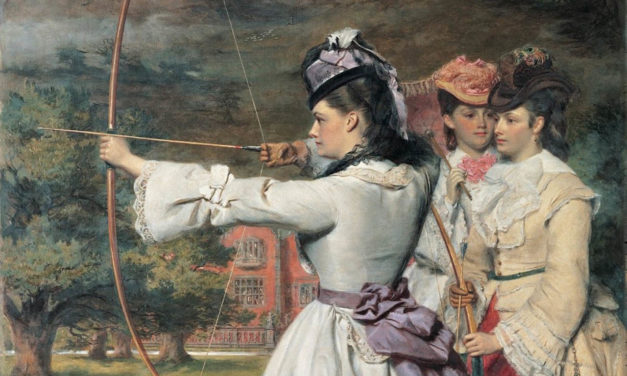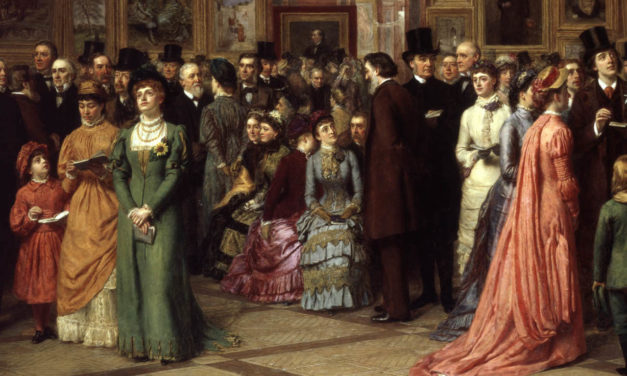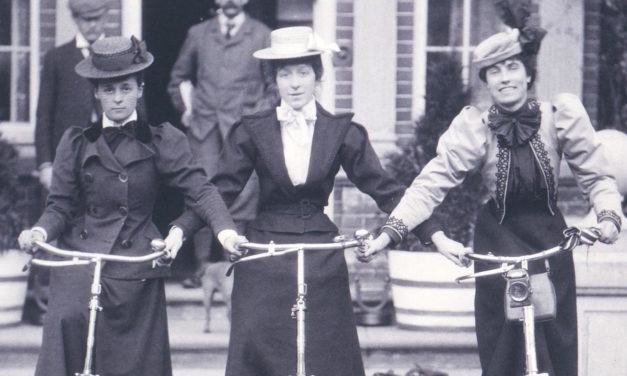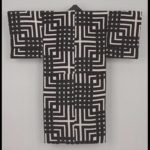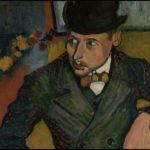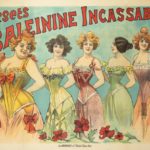1800-1809
The nineteenth century opened with a fashion landscape that was changing dramatically and rapidly from the styles of a generation earlier. The French Revolution brought fashions that had been emerging since the 1780s to the forefront. Neoclassicism now defined fashion as both men and women took inspiration from classical antiquity. For women, the high-waisted silhouette in lightweight muslin was the dominant style, while fashionable men looked to the tailors of Britain for a new, refined look.
Read More
